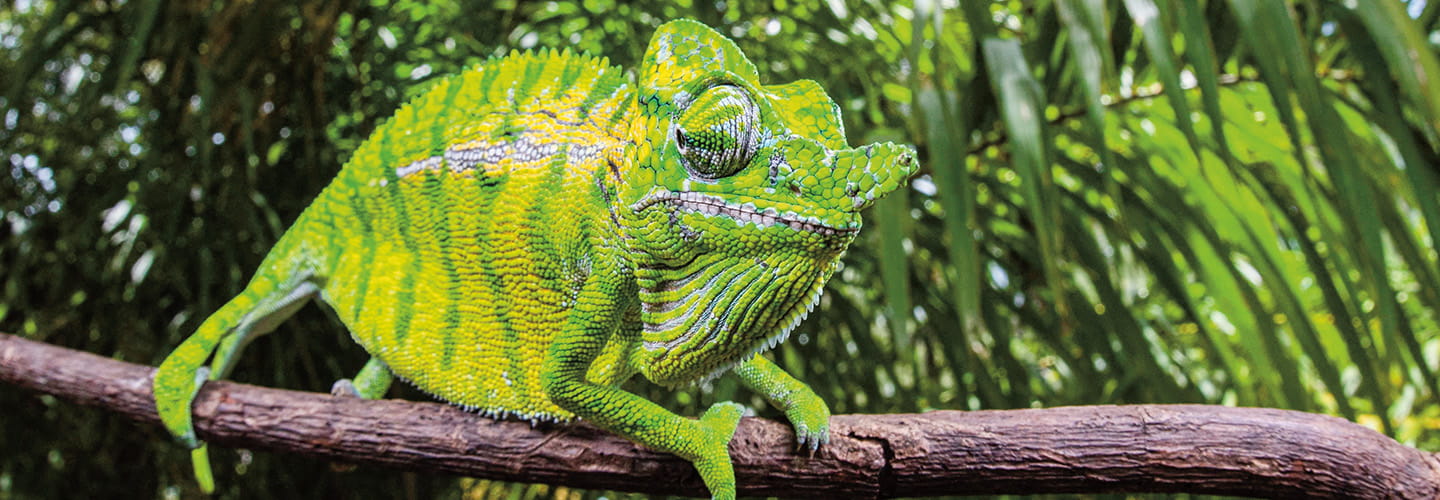Scientists around the world are on the hunt!
They’re racing to find lost species. Those are creatures that experts haven’t spotted in the wild for many years.
Re:wild is a group whose mission is to find missing animals. It started searching for lost species in 2017. It knows they could be facing threats, like habitat loss.
“If we don’t know where they are, we don’t know what their threats are,” Barney Long explains. He’s a scientist at Re:wild. “We don’t know the solution to their conservation.”
Here are three species that were found again.
Scientists around the world are on the hunt! They’re racing to find lost species. Those are creatures that experts haven’t spotted in the wild for many years.
Re:wild is a group whose mission is to find missing animals. It started searching for lost species in 2017. It knows they could be facing threats, like habitat loss.
“If we don’t know where they are, we don’t know what their threats are,” Barney Long explains. He’s a scientist at Re:wild. “We don’t know the solution to their conservation.”
Here are three species that were found again.

